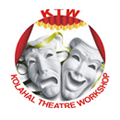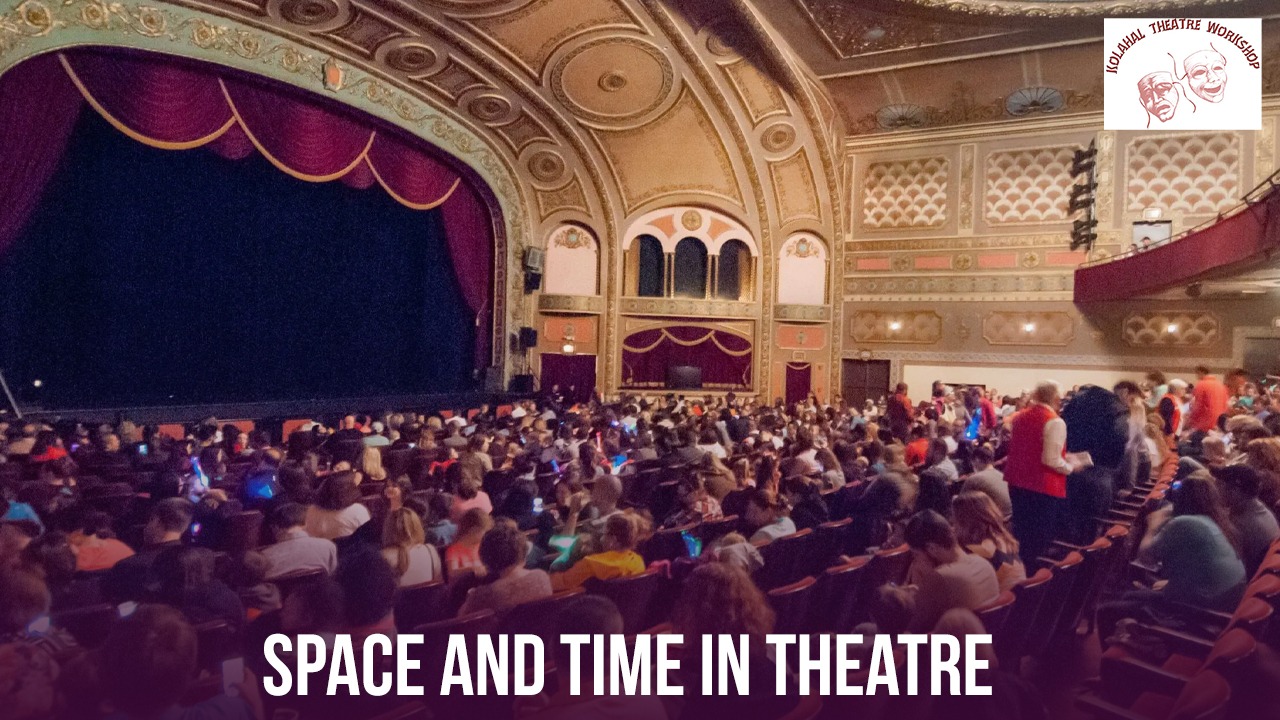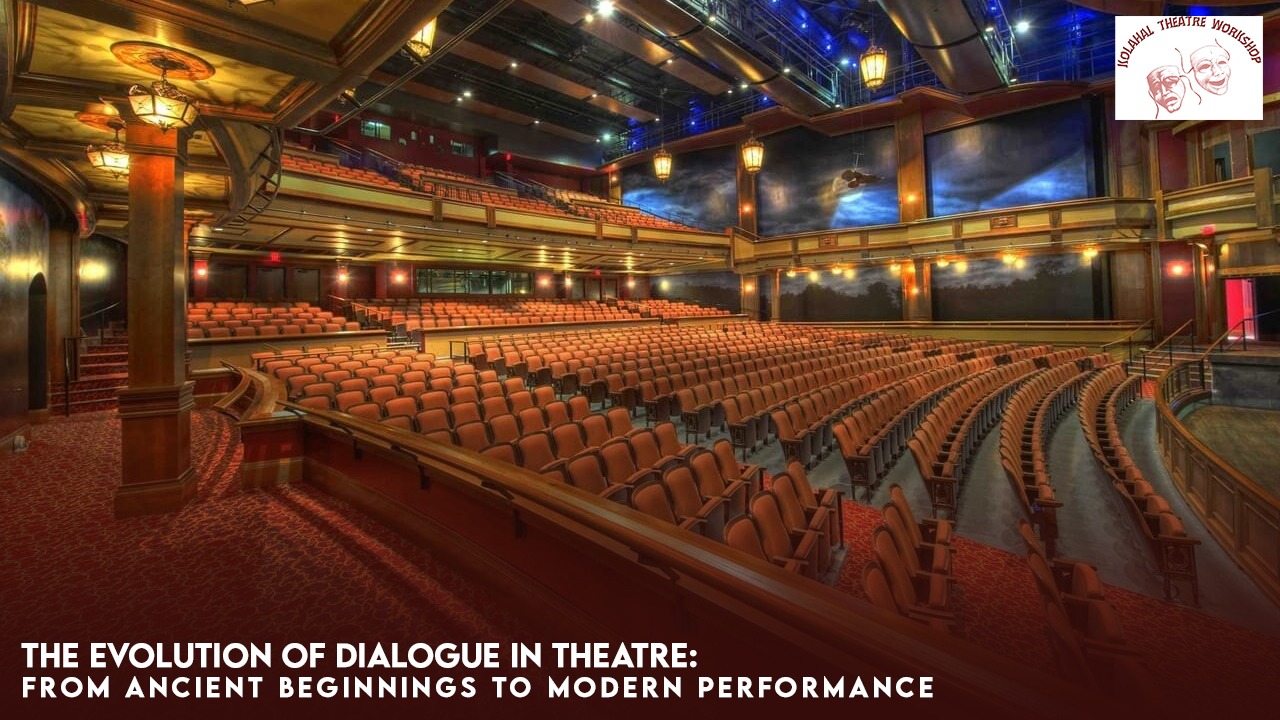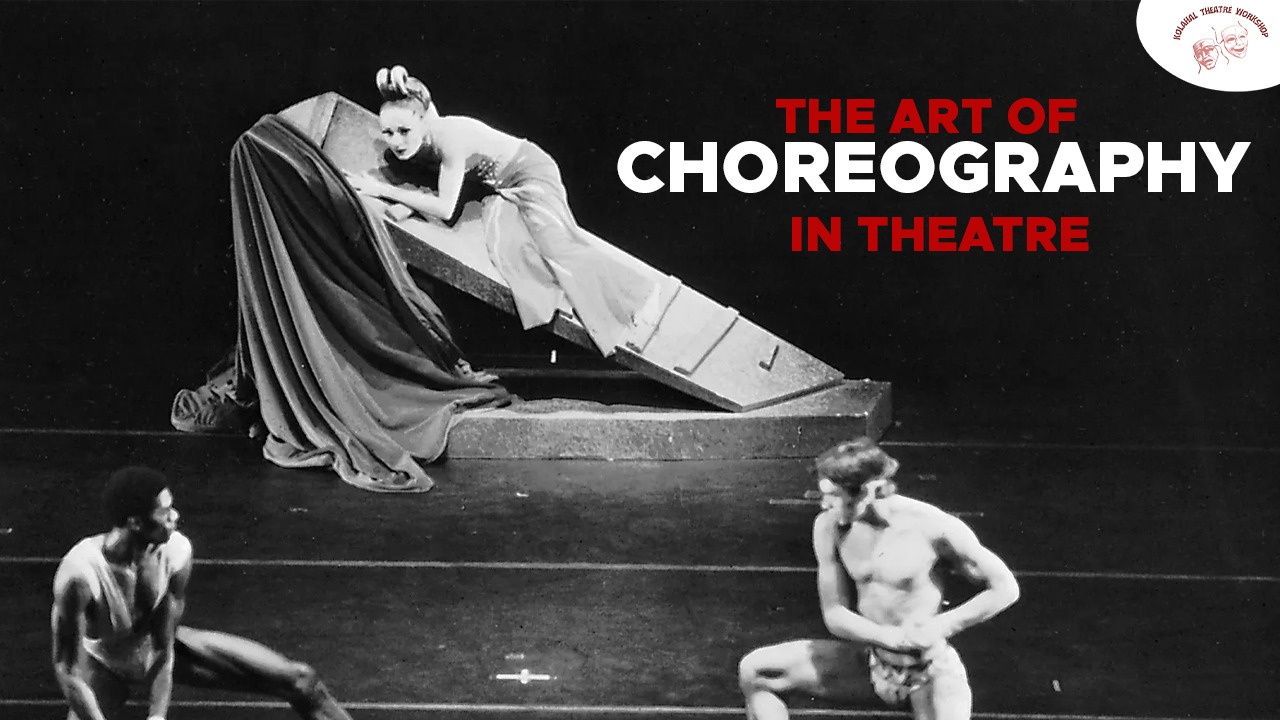Space and Time in Theatre: Exploring Their Profound Significance
INTRODUCTION:
Theatre, often considered a temporal art form, is deeply intertwined with the concepts of space and time. While these elements may seem mundane in everyday life, they hold profound significance within the theatrical realm, shaping narratives, performances, and audience experiences in intricate ways.
SIGNIFICANCE OF SPACE:
Space, both physical and metaphorical, serves as the canvas upon which the theatrical experience unfolds. The stage itself is a space meticulously crafted to accommodate the actors, props, and set pieces necessary to bring a story to life. However, beyond its physical dimensions, space in theatre encompasses the emotional, psychological, and symbolic realms. It delineates the boundaries between characters, establishes relationships, and conveys mood and atmosphere. The spatial arrangement of actors on stage, the placement of props, and the design of the set all contribute to the creation of meaning within a performance.
Moreover, space in theatre extends beyond the confines of the stage to encompass the venue itself. Whether performed in a grand opera house, an intimate black box theater, or an outdoor amphitheater, the spatial characteristics of the performance venue influence the audience’s perception and engagement with the work. The architecture, acoustics, and seating arrangement of the theater shape the audience’s spatial relationship to the performance, influencing their sense of immersion and connection to the unfolding narrative.
ROLE OF TIME:
In addition to space, time plays a fundamental role in shaping the theatrical experience. Theatre is a temporal art form, unfolding in real-time before the audience’s eyes. The progression of time within a performance creates a sense of immediacy and urgency, drawing audiences into the present moment and fostering emotional engagement with the characters and story. Moreover, time in theatre is inherently malleable, subject to manipulation and distortion through techniques such as flashbacks, foreshadowing, and nonlinear narratives. These temporal devices allow playwrights and directors to explore complex themes of memory, perception, and human experience, inviting audiences to contemplate the passage of time and its impact on individuals and societies.
Furthermore, the temporal dimension of theatre extends beyond the duration of a single performance to encompass the broader historical and cultural contexts in which it is situated. Theatre reflects and refracts the time in which it is created, serving as a mirror to society’s values, concerns, and aspirations. By examining the ways in which theatre both reflects and shapes our understanding of time, we gain insight into the complexities of human existence and the enduring relevance of the theatrical form.
CONCLUSION:
In conclusion, space and time are not merely backdrop elements in theatre but essential components that imbue performances with meaning, depth, and resonance. From the spatial dynamics of the stage to the temporal flow of the narrative, these elements shape the theatrical experience in profound and multifaceted ways, inviting audiences to explore the boundless possibilities of human expression and imagination.




